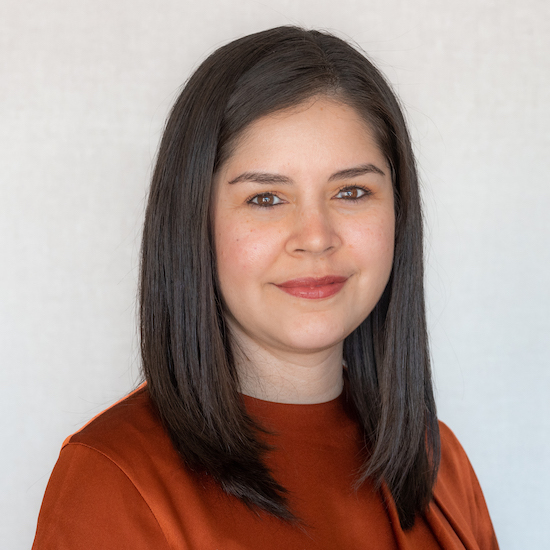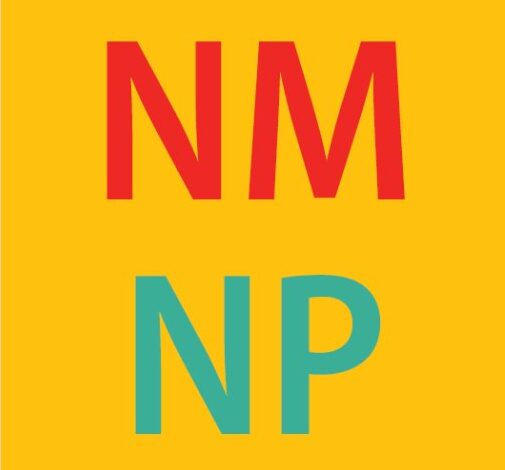On a bright Saturday morning, the National Association of Hispanic Journalists’ New Mexico chapter held a two-part presentation looking into how misinformation spreads, and how it can be stopped.
The Oct. 16 event was hosted at the University of New Mexico’s Communication and Journalism building where students, journalists and members of the NAHJ gathered to discuss the pressing issues of misinformation over some coffee and snacks. The group of about twenty people connected over the issues as they prepared for the first half of the event, a presentation by a representative of PolitiFact.

Miriam Valverde, deputy editor at PolitiFact, spoke about the spread of misinformation online and presented tips and tricks to avoid being misled. Her first suggestion was to use PolitiFact, an independent fact-checking website, which uses transparency and honesty to make sure the public is well informed during election season.
She also spoke about the current problems with generative artificial intelligence, showing several examples of popular images that spread during the election, including fabricated images of Donald Trump being arrested by police officers and one of Taylor Swift endorsing Trump.
The images succeed in spreading misinformation because of several reasons, Valverde said. One is the fact that AI generated materials can easily be produced and shared on social media sites like Truth Social and Instagram, sites that do not offer a method of clarification like X (formerly Twitter) does. There, community notes can add context and reveal that it is misinformation.
Valverde’s conclusion was that while fighting misinformation is an uphill battle for journalists, they must remain at the forefront of the battle and tell the truth. Even if misinformation spreads faster, she said journalists must offer context to all forms of misinformation, both on social media and in their work.
The second half of the discussion included a Q&A session with Dan Boyd, the capitol bureau chief at the Albuquerque Journal, and Dr. Gabriel Sanchez, a professor of political science at UNM and a principal at Latino Decisions, the nation’s leading survey firm focused on the Latino electorate.
Sanchez said his research has shown the Latino population is greatly susceptible to misinformation, both through social media and word of mouth.
Boyd and Sanchez came to one grim conclusion: the battle against misinformation would be no walk in the park. Time constraints and deadlines can cause journalists to accidentally spread misinformation. Boyd suggested that journalists work closely with politicians to get the facts.
In the end, the event brought a conclusion of hope that as difficult as the fight against misinformation is, it starts with journalists making it a personal responsibility to make this issue known to the public, and to help teach the public how to avoid pitfalls.
